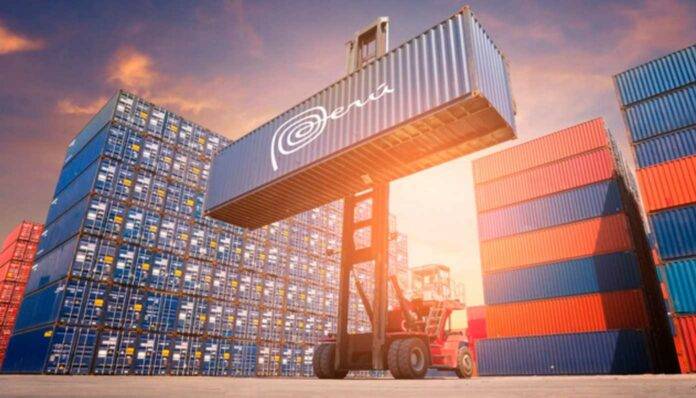Peru’s agro-export sector has seen significant growth in recent years, driven by key products such as blueberries, grapes, mangoes, asparagus, cocoa, and coffee. In 2024, the country’s agricultural exports surpassed $12 billion, marking a 22% increase from the previous year. This growth can be attributed to rising international prices for certain products and lower production in regions of Asia, Europe, and Africa, allowing Peru to capitalize on global demand.
During a webinar focused on “Peruvian Agroexports 2024,” David Sandoval, CEO of Fluctuante, highlighted the remarkable progress made by Peru in the agro-export sector over the past few decades. He emphasized that Peru has transitioned from exporting a limited number of products to over 600 agricultural products, conquering markets across different continents. The country has not only maintained traditional exports like coffee and asparagus but has also made significant strides in blueberries, grapes, avocados, mangoes, cocoa, and coffee.
Sandoval expressed satisfaction with the sector’s growth, stating that exceeding $12 billion in exports in 2024 is a significant achievement. Looking ahead, he emphasized the importance of continued growth and strategic planning in the agro-export industry. He urged stakeholders to focus on production efficiency, resource management, and overall sustainability to ensure long-term success.
The future of Peru’s agro-export sector looks promising, but Sandoval cautioned against relying solely on prices for growth. He stressed the need for strategic action to enhance production practices, preserve resources, and adapt to evolving consumer demands. Increased consumption, driven by population growth and changing consumer preferences, presents both opportunities and challenges for the industry.
Sandoval highlighted three key areas that agro exporters should focus on: population growth, particularly in Asian markets like China, India, and Indonesia; the rise of the middle class and their demand for high-quality food products; and the importance of data processing for productivity and sustainability. By addressing these factors, Peru can better position itself to meet the needs of a growing global population.
In terms of export markets, the United States remains the leading destination for Peru’s agro-products, accounting for a significant share of exports. However, Sandoval emphasized the importance of diversifying market channels to reduce reliance on any single market. He suggested exploring gourmet markets, niche markets, and expanding into growing Asian markets to ensure a balanced export portfolio.
Additionally, European markets, particularly the Netherlands and Spain, play a significant role in Peru’s agro-export sector. Asia, including China and Hong Kong, is also an important market for Peruvian products. Sandoval highlighted the relevance of markets like Chile and Mexico, noting the importance of strategic partnerships to maximize export opportunities.
Looking ahead, Sandoval underscored the need for continuous innovation, market diversification, and sustainability practices in Peru’s agro-export sector. By embracing these principles and adapting to changing global trends, Peru can further enhance its position as a key player in the international agro-export market.




